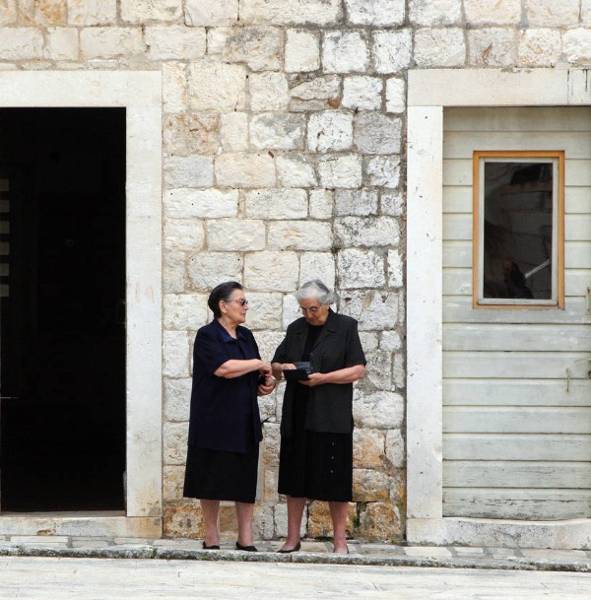
The Newlyweds (Icon) by Mansi Choksi
At first, reading The Newlyweds, I was unsure as to the genre of the book – testament, I would argue, to Mansi Choksi’s novelistic skills. It is a work of non-fiction, but written with such literary flair that you wonder whether the photos of the protagonists are a double bluff and it really is a novel after all.
The book is promoted as a portrait of “love in the New India”, but many of the modern relationships are still doomed because they break centuries-old taboos on intermarriage between religions or castes and same-sex relationships. What is new is how Modi and his vigilante Hindu gangs weaponise intermarriage between Hindu women and Muslim men by framing it as “love jihad” – a disturbing twist on an old prejudice which gives ultra-nationalist activists the excuse to terrorise couples and their families today.
Also specific to the New India is the existence of an “NGO” called the Love Commandos, whose mission is to help young lovers thwarted by authoritarian parents, caste, community or religion to come together and be married. Sanjoy Sachdev, founder of the organisation, points to the first intercaste marriage between two Hindu gods, Shiva and Parvati, to give his mission a religious blessing, so that young lovers can “inherit a country where love is not a crime”.
The story of the NGO has a darkly comic twist. Sachdev, we learn, has himself never been in love, although he has had four children in an arranged marriage to a woman whose destiny it is to look after his ageing father while he gads about rescuing lovesick couples. This idealistic project is undercut with corruption. Sachdev bleeds the couples dry under one pretext or another, and once he has got his claws into those who have access to money, they are unable to escape his “shelter” easily.
The main focus of The Newlyweds is on three sets of couples – although other cases, including a brutal “honour” killing, also get a mention. Dhawinder and Neetu are from the same village, but one is a Sikh and one a Hindu; Monika and Arif are in a Hindu-Muslim relationship; and Preethi and Reshma are a lesbian couple. One of the most poignant moments in the book is when Reshma learns the word “lesbian”. She decides, unaware of the word’s long abusive history, that English is a great language because it contains a special word to describe her relationship with Preethi.
In the two main heterosexual relationships outlined in the book, the women’s parents and community wreak revenge on the men’s families, hounding them out of their homes and livelihoods. It would be interesting to know whether this is a common pattern; if so, it underlines the view that women are receptacles of the community’s honour and all hell must be let loose on men who sully that.
I have minor quibbles about the writing. There are some wonderful lines, like “Men with small smiles and big misconceptions about their place in the world barged into the lives of happy couples,” but these are mixed with exchanges that can feel a little on-the-nose. It is also crudely tilted towards an American audience – the writer, or perhaps her editor, failing to recognise the cultural interconnectedness of the modern world with lines like “hastily sliding vegetable-filled pastries called samosas into a pan of whistling oil”.
Given the huge societal and emotional obstacles that the couples have to overcome to find happiness together, there is a deep poignancy when the relationships begin to unravel, sometimes as a result of economic and social pressures and sometimes due to incompatibility.
The author’s stated quest is to discover “if love can endure with dignity if it becomes tainted with shame”. The stories move from the societal restrictions placed on love in India to a more universal, introspective, almost unanswerable question that all the couples face to varying degrees: “Was it worth it?”
This piece is from the New Humanist winter 2022 edition. Subscribe here.

